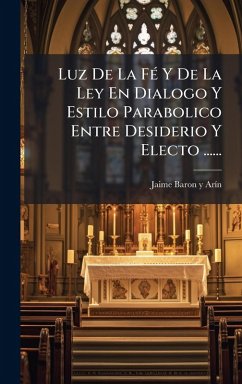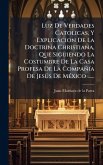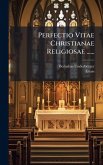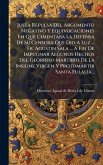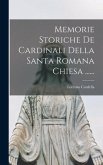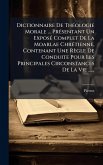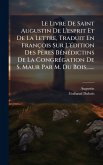"Luz De La Fé Y De La Ley En Dialogo Y Estilo Parabolico Entre Desiderio Y Electo ......" presents a dialogue, styled as parables, between two figures: Desiderio and Electo. Authored by Jaime Baron y ArÃ-n ((O.P.)), this Spanish-language work delves into the intersection of faith and law within a Catholic framework. The book explores ethical considerations and theological concepts through the interactions and narratives involving Desiderio and Electo, offering readers insights into Catholic doctrine and its practical application. This book will appeal to those interested in Christian theology, particularly within the Catholic tradition, and to readers who appreciate philosophical dialogues exploring complex religious and ethical themes. The parabolic style enhances the accessibility of the subject matter, making it suitable for both academic study and personal reflection. This work has been selected by scholars as being culturally important, and is part of the knowledge base of civilization as we know it. This work was reproduced from the original artifact, and remains as true to the original work as possible. Therefore, you will see the original copyright references, library stamps (as most of these works have been housed in our most important libraries around the world), and other notations in the work. This work is in the public domain in the United States of America, and possibly other nations. Within the United States, you may freely copy and distribute this work, as no entity (individual or corporate) has a copyright on the body of the work. As a reproduction of a historical artifact, this work may contain missing or blurred pages, poor pictures, errant marks, etc. Scholars believe, and we concur, that this work is important enough to be preserved, reproduced, and made generally available to the public. We appreciate your support of the preservation process, and thank you for being an important part of keeping this knowledge alive and relevant.
Bitte wählen Sie Ihr Anliegen aus.
Rechnungen
Retourenschein anfordern
Bestellstatus
Storno

